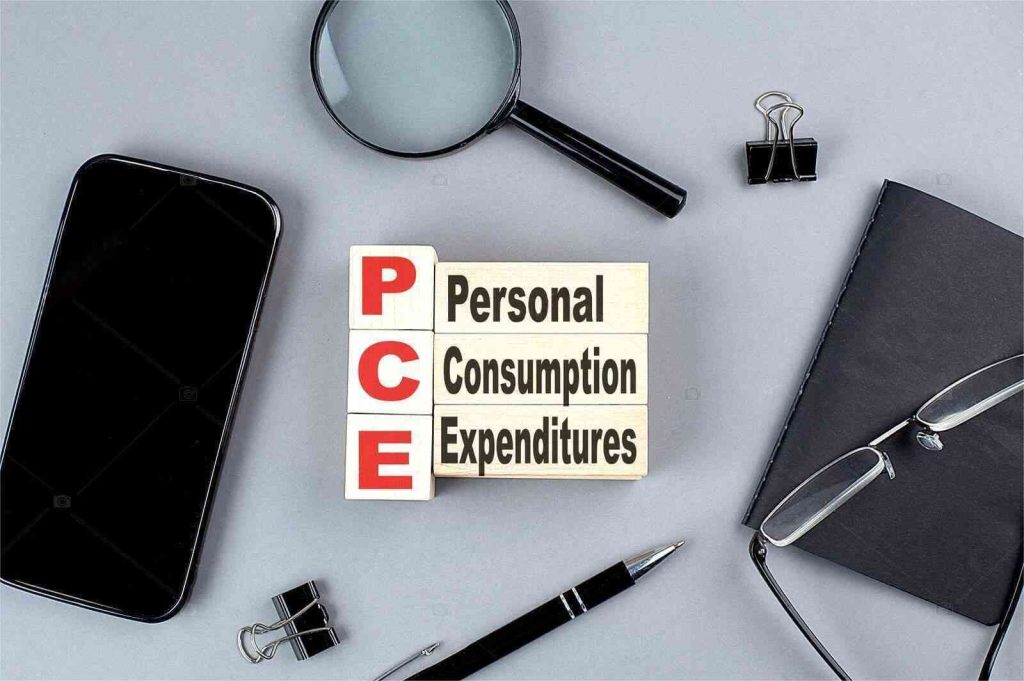Introduction
Extreme droughts, intensified by climate change, are increasingly disrupting supply chains worldwide. Beyond visible agricultural losses, these environmental shocks ripple through transportation networks, driving up freight costs. This rise in logistics expenses subtly feeds into the core Personal Consumption Expenditures (PCE) index—an essential gauge of inflation—creating a “hidden powder keg” that risks igniting persistent inflation pressures.
This article examines how extreme drought conditions exert leverage on inflation dynamics by elevating freight costs, thereby influencing core PCE inflation in ways that traditional metrics often overlook.
Understanding the Climate Leverage Effect
The climate leverage effect refers to how climatic disruptions amplify economic impacts through interconnected channels, particularly logistics. Droughts reduce crop yields, strain water supplies, and degrade infrastructure. These stresses increase transportation complexity and cost, especially for freight—a critical link connecting production to consumption.
Unlike direct commodity price shocks, freight cost increases act as a second-order inflation driver, embedding higher expenses across a wide array of consumer goods.
Freight Costs as a Transmission Channel to Core PCE
1. Freight Costs and Consumer Goods Prices
Core PCE excludes volatile food and energy prices but covers a broad basket of consumer goods and services. Freight costs impact this basket by:
- Raising shipping expenses for raw materials and finished products.
- Increasing costs for retailers to stock shelves.
- Amplifying the price base for downstream goods, including durable and non-durable items.
Even moderate hikes in freight rates can cascade through supply chains, pushing up final consumer prices reflected in core PCE.
2. Drought-Driven Freight Disruptions
Extreme drought leads to:
- Lower water levels in inland waterways, such as the Mississippi River, forcing freight onto more expensive rail or road transport.
- Infrastructure degradation, requiring detours or slower routes.
- Increased fuel consumption and maintenance costs due to longer or less efficient routes.
These factors elevate freight rates substantially during drought episodes, impacting logistics-dependent sectors disproportionately.
The “Hidden Powder Keg” in Core PCE
Core PCE is traditionally seen as less sensitive to commodity shocks due to food and energy exclusions. However, the indirect inflationary pressure from freight costs constitutes a hidden inflation source because:
- It pervades a broad range of sectors, including manufacturing, retail, and services.
- It is sticky, as increased logistics costs persist beyond the immediate drought period.
- It complicates inflation forecasting, since freight cost impacts are diffuse and harder to isolate.
This “hidden powder keg” can fuel wage-price spirals, as workers demand compensation for higher living costs, which in turn pressures businesses to raise prices further.

Empirical Evidence Linking Drought, Freight Costs, and Inflation
Historical data show:
- Severe droughts correspond with spikes in freight indices, particularly barge and rail shipping costs.
- Periods following major droughts register disproportionate increases in core inflation measures.
- Supply chain cost analyses attribute a meaningful share of inflation persistence to elevated logistics expenses during and after droughts.
These patterns affirm freight cost surges as a critical, though often underappreciated, conduit linking climate extremes to inflation.
Policy and Investment Implications
For Policymakers
- Monitoring freight cost indices can offer early warnings of inflationary pressures linked to climate events.
- Incorporating climate risk into inflation models enhances policy calibration.
- Investing in resilient infrastructure reduces vulnerability to drought-driven freight disruptions.
For Investors
- Understanding the climate leverage effect informs sectoral allocation, favoring firms with diversified logistics or vertical integration.
- Shipping and logistics companies may experience volatile earnings tied to climate variability.
- Inflation hedging strategies should consider indirect cost channels beyond headline commodity prices.
Conclusion
Extreme droughts are more than environmental disasters; through elevated freight costs, they act as powerful climate levers, igniting a hidden inflationary powder keg within core PCE. Recognizing this indirect transmission channel is essential for accurate inflation assessment, effective policymaking, and strategic investment decisions.
As climate change escalates the frequency and severity of droughts, the freight-driven climate leverage effect will increasingly shape inflation dynamics, demanding heightened vigilance and adaptive responses across economic stakeholders.














































